Guinea pigs are wonderful pets, known for their adorable appearance and friendly personalities. However, like any other pet, they require regular grooming to stay healthy and comfortable. This guide will provide you with everything you need to know about grooming your guinea pig, from basic brushing to nail trimming and bathing.
Seemore: Can Guinea Pigs Eat Asparagus? – A Complete Guide
Contents
Why is Grooming Important?
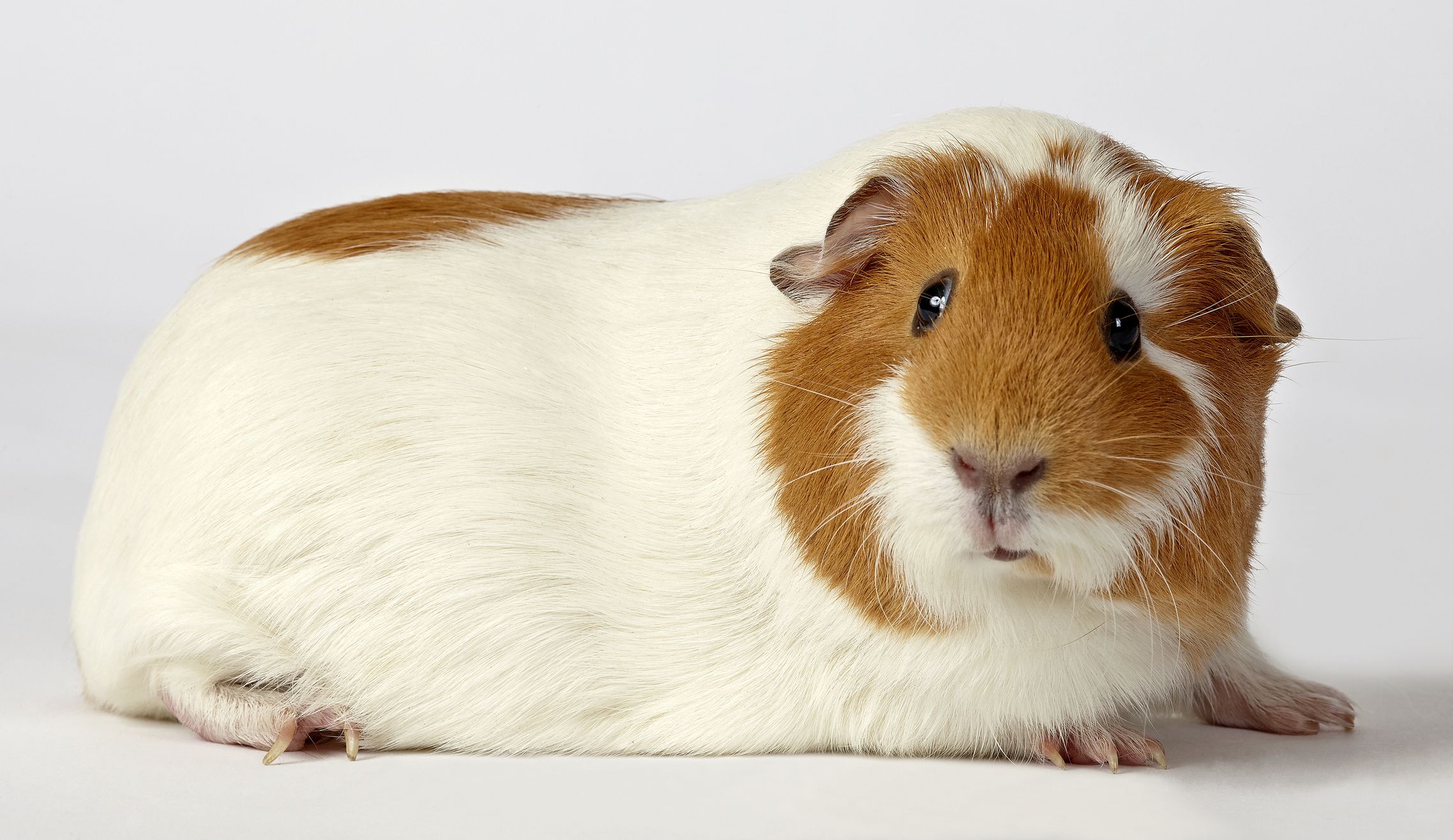
Grooming is essential for guinea pigs for several reasons. First, it helps to keep their coat clean and free of dirt and debris. This is important for their overall health, as dirt and debris can harbor bacteria and parasites. Second, grooming helps to stimulate the sebaceous glands in the skin, which produce oils that help to keep the coat healthy and shiny. Third, grooming promotes relaxation and bonding between you and your guinea pig.
Daily Grooming
The most important part of guinea pig grooming is daily brushing. Brushing helps to remove dirt and debris, stimulate the sebaceous glands, and prevent mats and tangles from forming. It also helps to distribute the natural oils throughout the coat, keeping it healthy and shiny.
Choosing the Right Brush
When it comes to brushing your guinea pig, it’s important to use a soft brush specifically designed for small animals. Avoid using brushes with sharp bristles, as these can damage your pig’s skin. You can find a variety of guinea pig brushes at your local pet store or online. Look for ones with soft bristles and a comfortable grip for easy handling.
How to Brush Your Guinea Pig
To brush your guinea pig, start by gently holding them on your lap or in a secure area. Begin brushing their coat in the direction of hair growth, starting from the head and working your way down to the tail. Be gentle and avoid pulling on the hair, as this can cause discomfort for your pig. Pay special attention to areas where mats and tangles are likely to form, such as the belly and the back of the legs.
Preventing Mats and Tangles
Regular brushing is key to preventing mats and tangles in your guinea pig’s coat. However, there are a few other things you can do to keep their fur in top condition. First, make sure your pig has a healthy diet with plenty of fresh fruits and vegetables, as this will help to promote a shiny and healthy coat. Additionally, provide them with a safe and clean living environment, as dirty cages can lead to matted fur. Lastly, consider using a detangling spray or conditioner specifically designed for small animals to help prevent tangles and keep their coat soft and manageable.
Bathing Your Guinea Pig
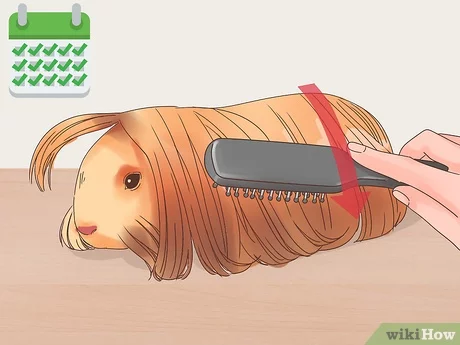
Contrary to popular belief, guinea pigs do not need frequent baths. In fact, bathing them too often can strip their skin of its natural oils and cause dryness and irritation. However, there are times when a bath may be necessary, such as when your pig gets into something sticky or smelly. Here’s how to properly bathe your guinea pig:
Preparing for the Bath
Before giving your guinea pig a bath, gather all necessary supplies and prepare a warm, shallow bath. You will need a mild shampoo specifically formulated for small animals, a towel, and a hairdryer on low heat setting. It’s also a good idea to have someone else assist you during the bath to ensure your pig’s safety.
Giving the Bath
Gently place your guinea pig in the warm water, making sure to support their body at all times. Use a small amount of shampoo and lather it onto their coat, avoiding their face and ears. Rinse thoroughly with warm water, making sure to remove all traces of shampoo. Once your pig is clean, wrap them in a towel and gently pat them dry. Use a hairdryer on low heat setting to dry their coat, making sure to keep it at a safe distance from their skin.
Tips for a Successful Bath
Bathing can be a stressful experience for guinea pigs, so it’s important to make the process as comfortable as possible. Here are a few tips to help make bath time a success:
- Use a non-slip mat in the bathtub or sink to prevent your pig from slipping.
- Keep the water temperature warm, but not too hot.
- Talk to your pig in a soothing voice and offer them treats during the bath to help keep them calm.
- If your pig is particularly anxious, consider using a small animal carrier with a towel inside instead of a bath.
Nail Trimming
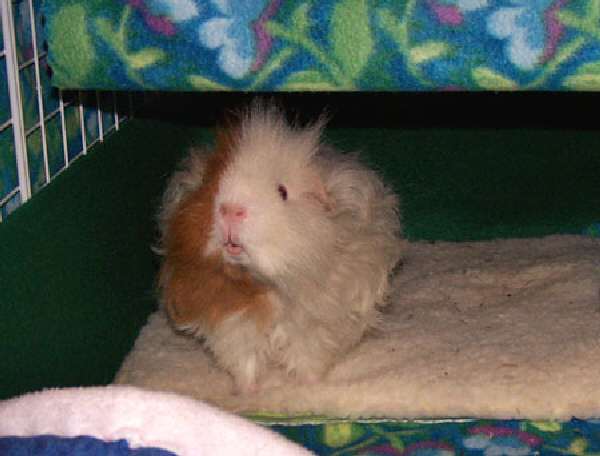
Just like humans, guinea pigs need regular nail trims to keep their nails at a healthy length. Overgrown nails can cause discomfort and even lead to health issues such as infections or difficulty walking. Here’s how to properly trim your guinea pig’s nails:
Preparing for the Trim
Before trimming your pig’s nails, gather all necessary supplies, including a small animal nail trimmer, styptic powder (in case of bleeding), and a towel. It’s also helpful to have someone else assist you during the process to hold your pig securely.
Trimming the Nails
Gently wrap your guinea pig in a towel, leaving one paw exposed at a time. Hold the paw firmly but gently and use the nail trimmer to carefully cut off the tip of the nail, avoiding the quick (the pink part of the nail that contains blood vessels). If you accidentally cut the quick and your pig starts to bleed, apply styptic powder to stop the bleeding. Repeat this process for each nail, making sure to take breaks if your pig becomes agitated.
Maintaining Healthy Nails
To maintain healthy nails, it’s important to trim them regularly, about once a month. However, if your pig is particularly active and wears down their nails naturally, you may only need to trim them every 2-3 months. Keep an eye on your pig’s nails and trim them as needed to prevent overgrowth.
Dental Care
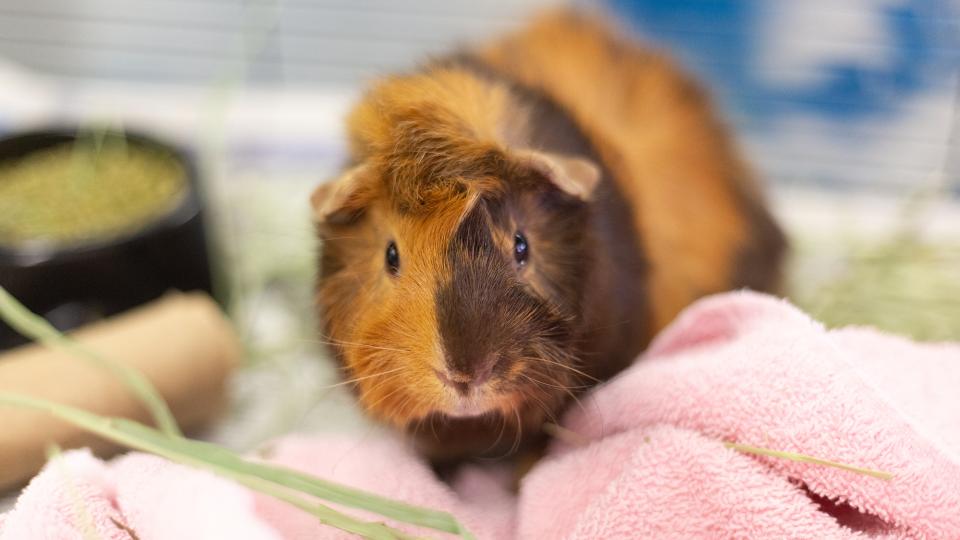
Dental care is often overlooked when it comes to guinea pig grooming, but it’s just as important as other aspects of their care. Guinea pigs have continuously growing teeth, so it’s crucial to keep them in check to prevent dental issues. Here are a few tips for maintaining your pig’s dental health:
Providing Proper Diet
A healthy diet is key to maintaining your guinea pig’s dental health. Their diet should consist of high-quality hay, fresh vegetables, and a small amount of pellets. The constant chewing of hay helps to wear down their teeth and prevent overgrowth.
Checking for Signs of Dental Issues
Regularly check your pig’s teeth for any signs of dental problems, such as overgrown or misaligned teeth, drooling, difficulty eating, or weight loss. If you notice any of these symptoms, consult with a veterinarian immediately.
Seeking Professional Dental Care
If your pig has dental issues, they may require professional dental care from a veterinarian. This may include trimming or filing down overgrown teeth or removing any damaged or infected teeth. It’s important to seek professional help as soon as possible to prevent further complications.
Handling Shedding
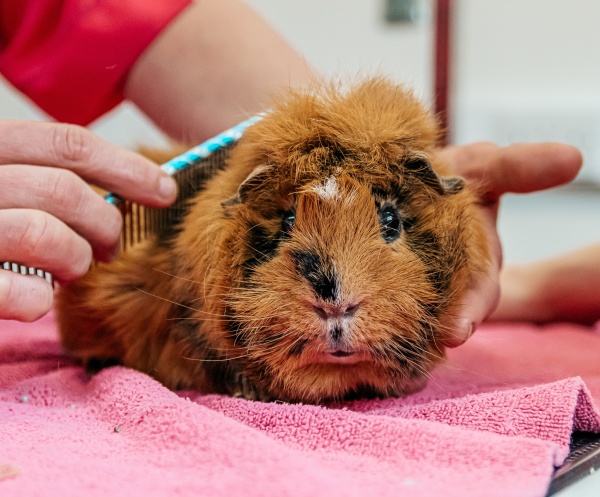
Like many other animals, guinea pigs shed their fur regularly. While this is a natural process, excessive shedding can be a sign of an underlying health issue. Here’s how to handle shedding in your guinea pig:
Understanding Normal Shedding
Guinea pigs typically shed their fur twice a year, in the spring and fall. During this time, you may notice more hair than usual on your pig’s bedding or when brushing them. This is normal and nothing to worry about.
Dealing with Excessive Shedding
If your pig is shedding excessively, it could be a sign of an underlying health issue such as stress, poor diet, or parasites. Consult with a veterinarian if you notice excessive shedding in your pig.
Helping with the Shedding Process
To help with the shedding process, make sure your pig has a healthy diet with plenty of fresh fruits and vegetables. Additionally, provide them with a safe and clean living environment to reduce stress. Regular brushing can also help to remove loose fur and prevent mats and tangles.
Conclusion
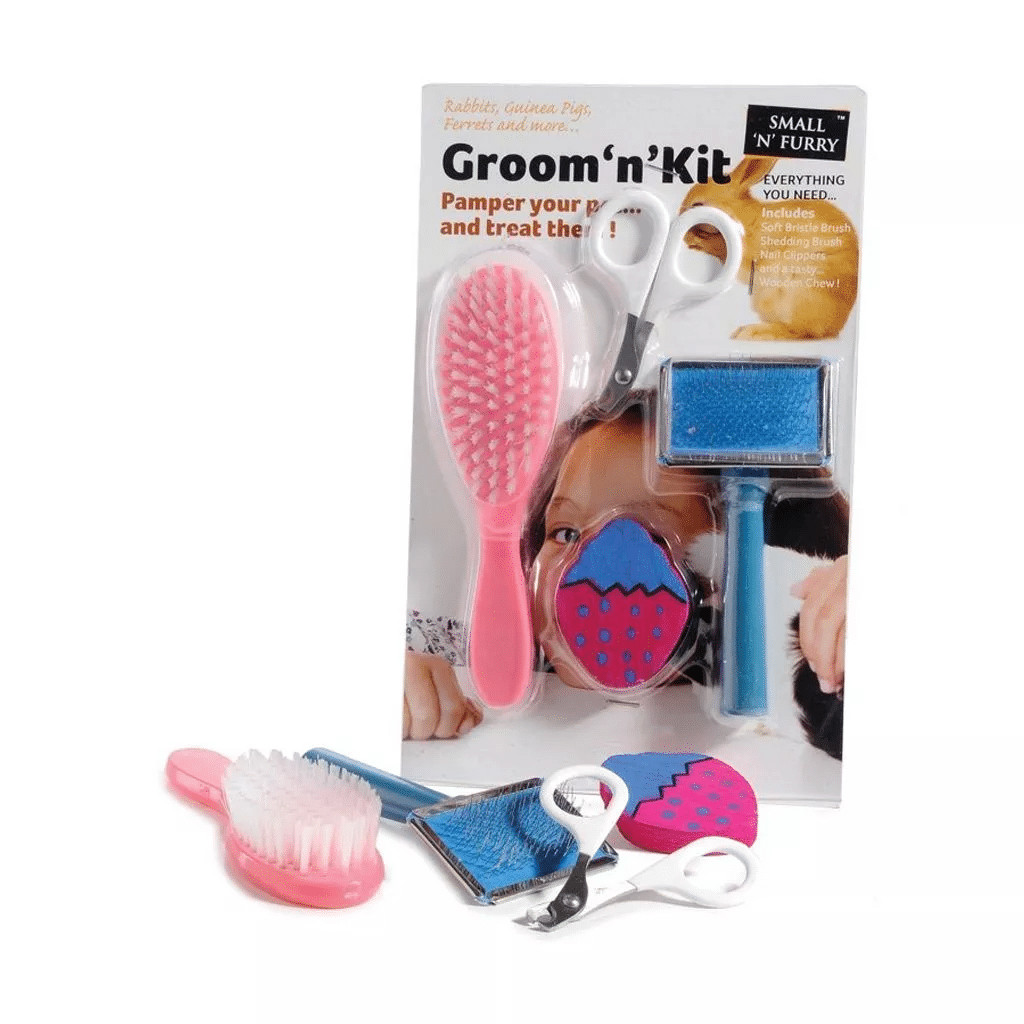
Grooming is an essential part of caring for your guinea pig. Daily brushing, occasional baths, nail trimming, dental care, and handling shedding are all important aspects of keeping your pig healthy and comfortable. By following the tips and techniques outlined in this guide, you can ensure that your guinea pig stays clean, happy, and well-groomed. Remember to always handle your pig gently and seek professional help if you have any concerns about their grooming or overall health. With proper grooming, your guinea pig will continue to be a wonderful and beloved pet for years to come.
